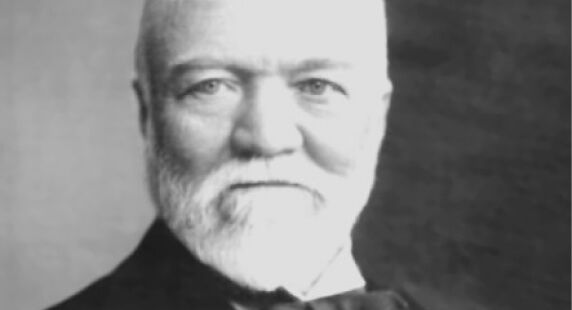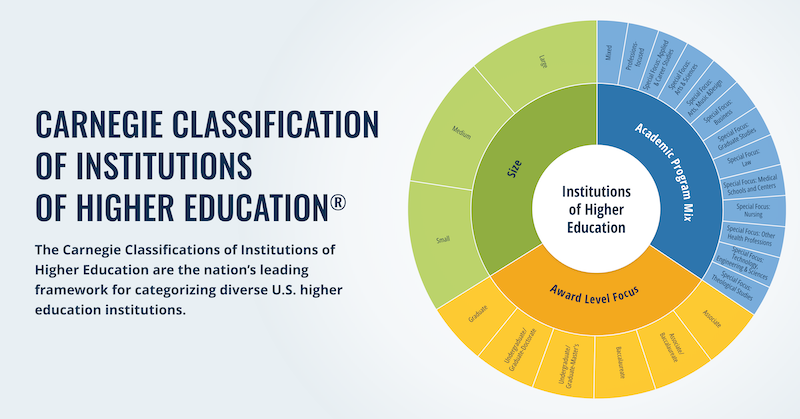< Explore
The Social Structure of Networked Improvement Communities: Cultivating the Emergence of a Scientific-Professional Learning Community
This paper describes a framework for network development. The framework describes the technical core of improvement activity as well as how networks structure roles and relationships and foster norms and identities that form the social structure of the community working and learning together. View the related video for an introduction to the framework with examples.
Networked Improvement Communities are scientific professional learning communities distinguished by four characteristics. They are:
- guided by deep, shared understanding of the problem, the system that produces it, and a shared theory of improvement.
- focused on a well-specified common aim.
- disciplined by the rigor of improvement science.
- coordinated to accelerate developing and learning about changes and their effective integration into practice across varied educational contexts.
The paper, The Social Structure of Networked Improvement Communities: Cultivating the Emergence of a Scientific-Professional Learning Community, describes how NICs create a social structure to catalyze the type of community that can solve complex problems. It offers a framework intended as an analytic tool for thinking and reasoning about NIC emergence and maturation. The framework describes the technical core of improvement activity as well as how networks structure roles and relationships and foster norms and identities that form the social structure of the community working and learning together.
The Social Structure of Networked Improvement Communities (PDF)
Related Resoures
Watch this session, recorded during the Summit on Improvement in Education in 2021, to learn more about this theory of NIC development and a measurement framework that can be used to assess a network’s health: Theory of Networked Improvement Community (NIC) Development (Summit 2021)









